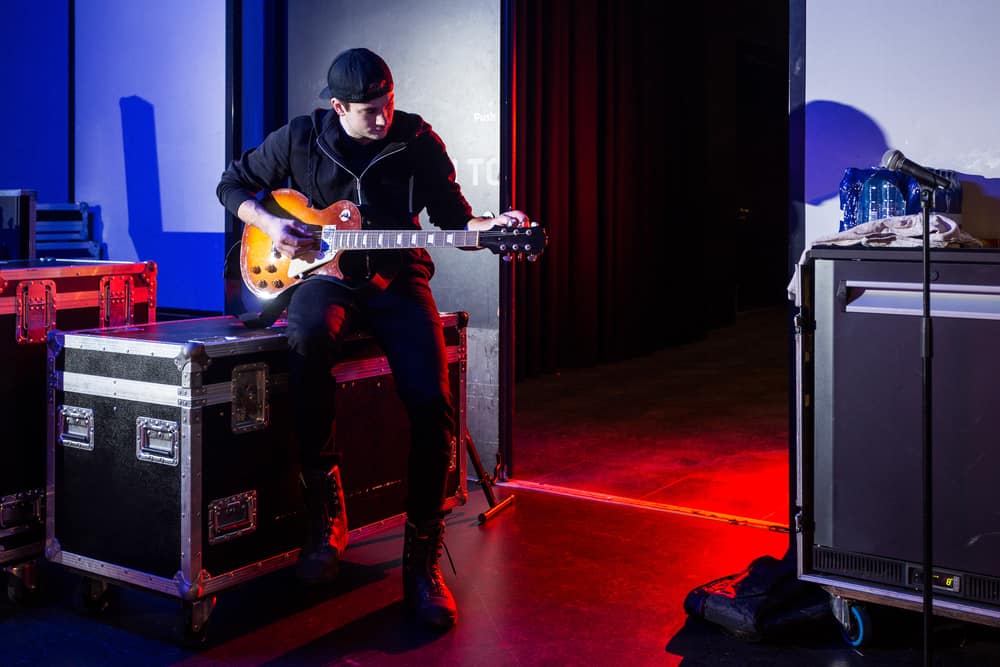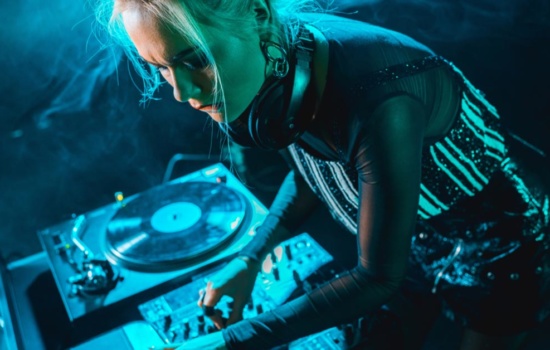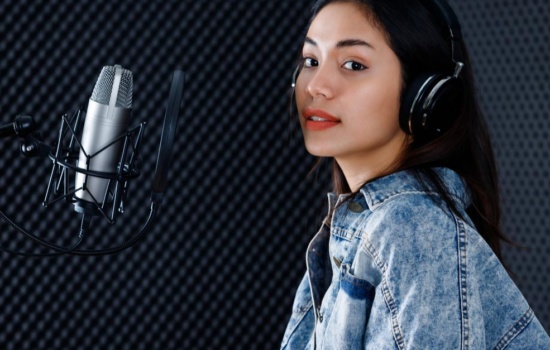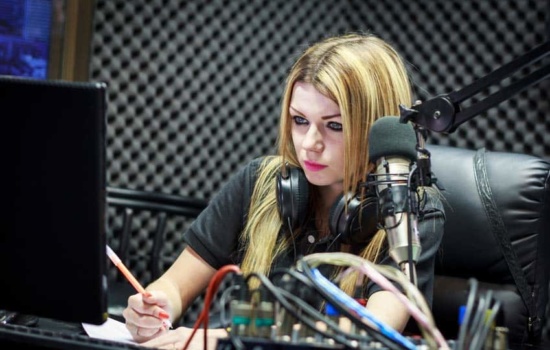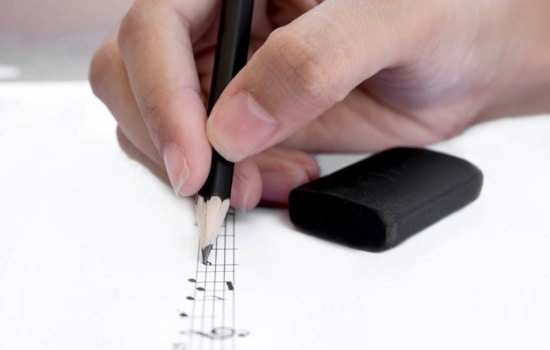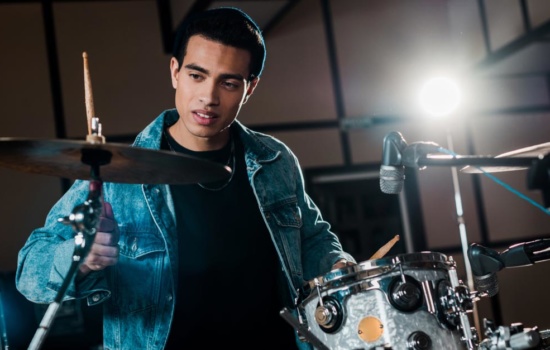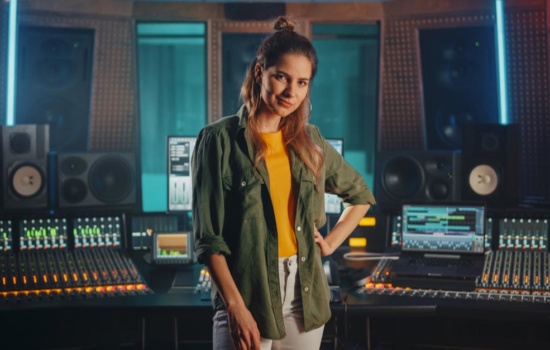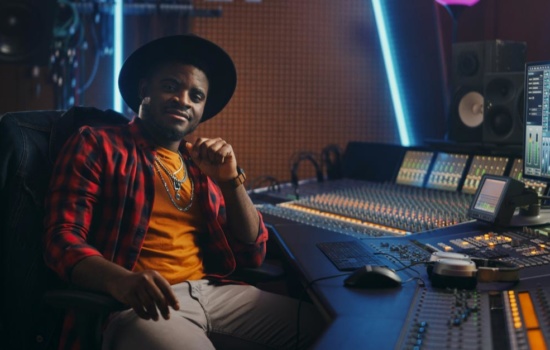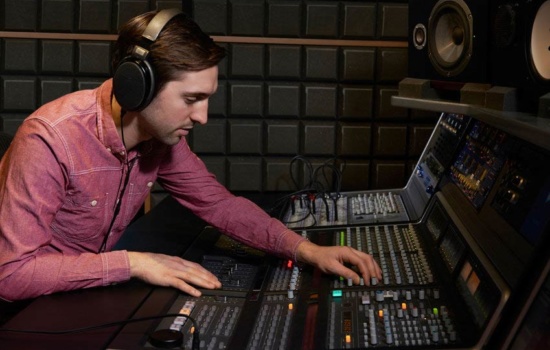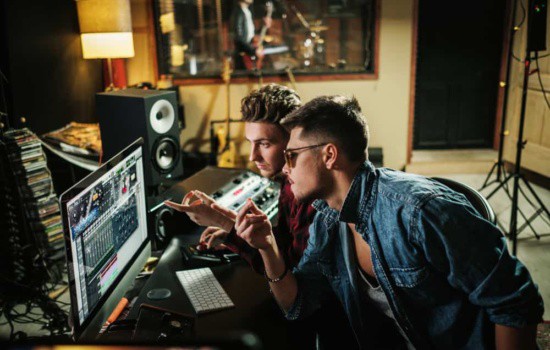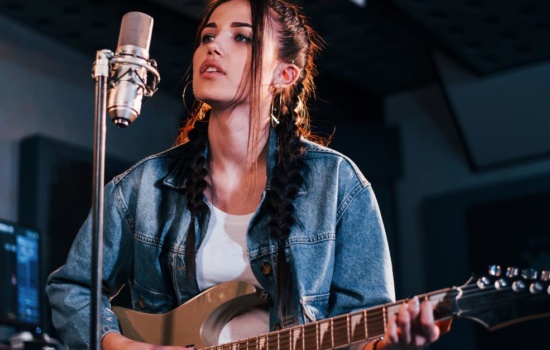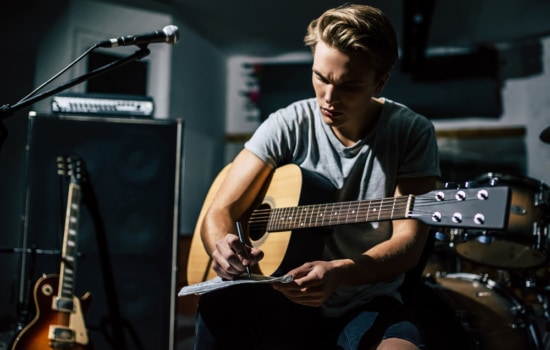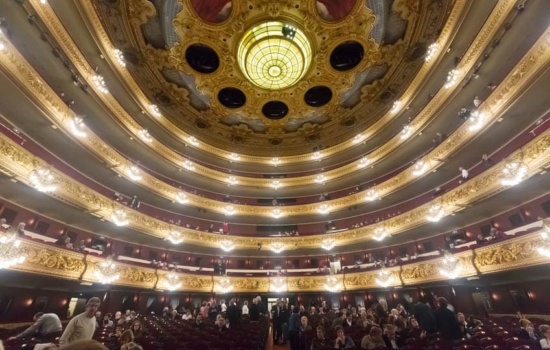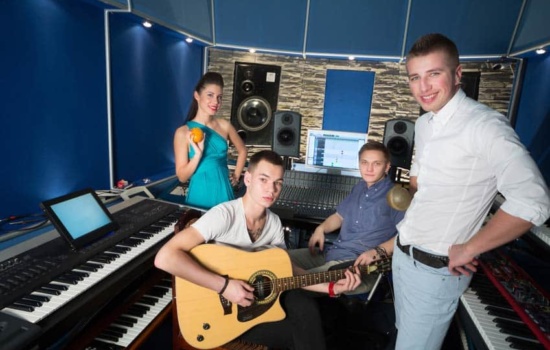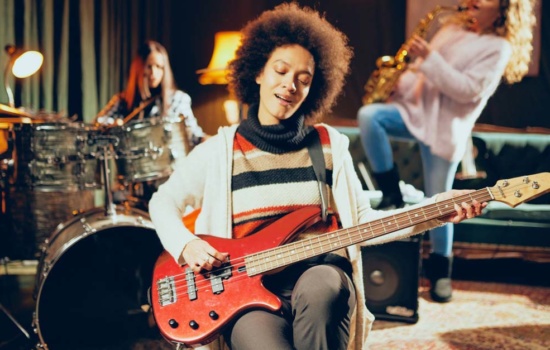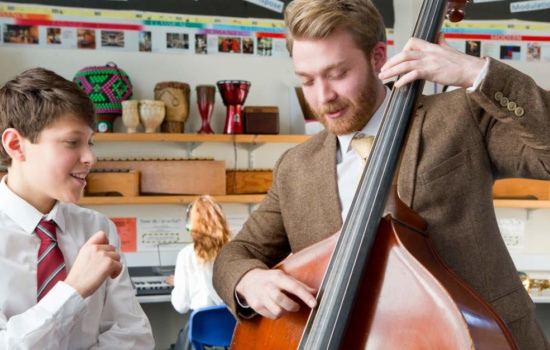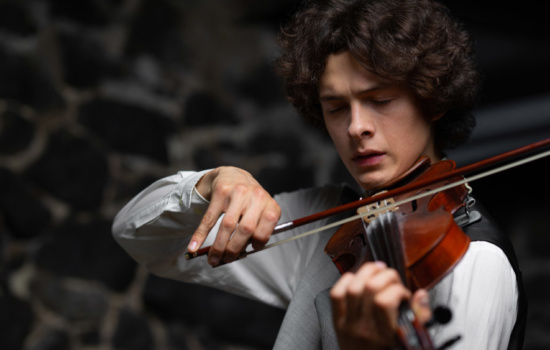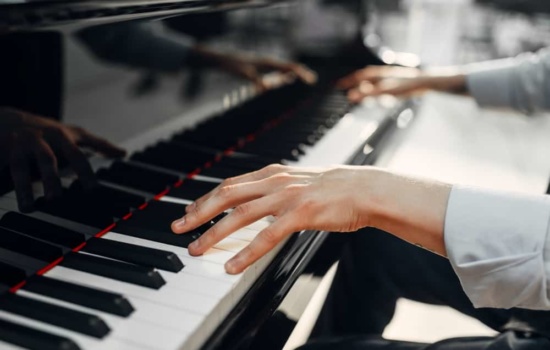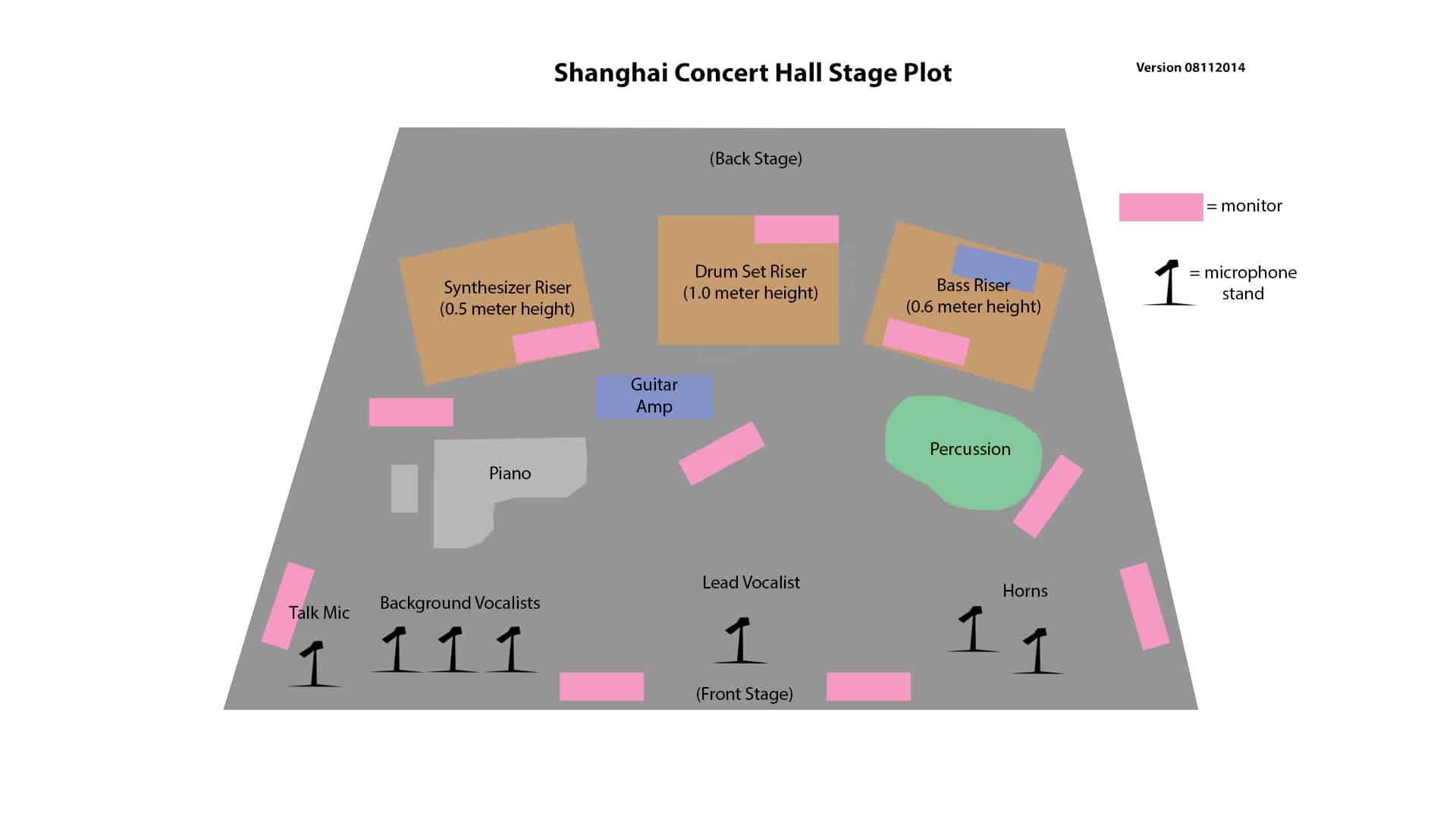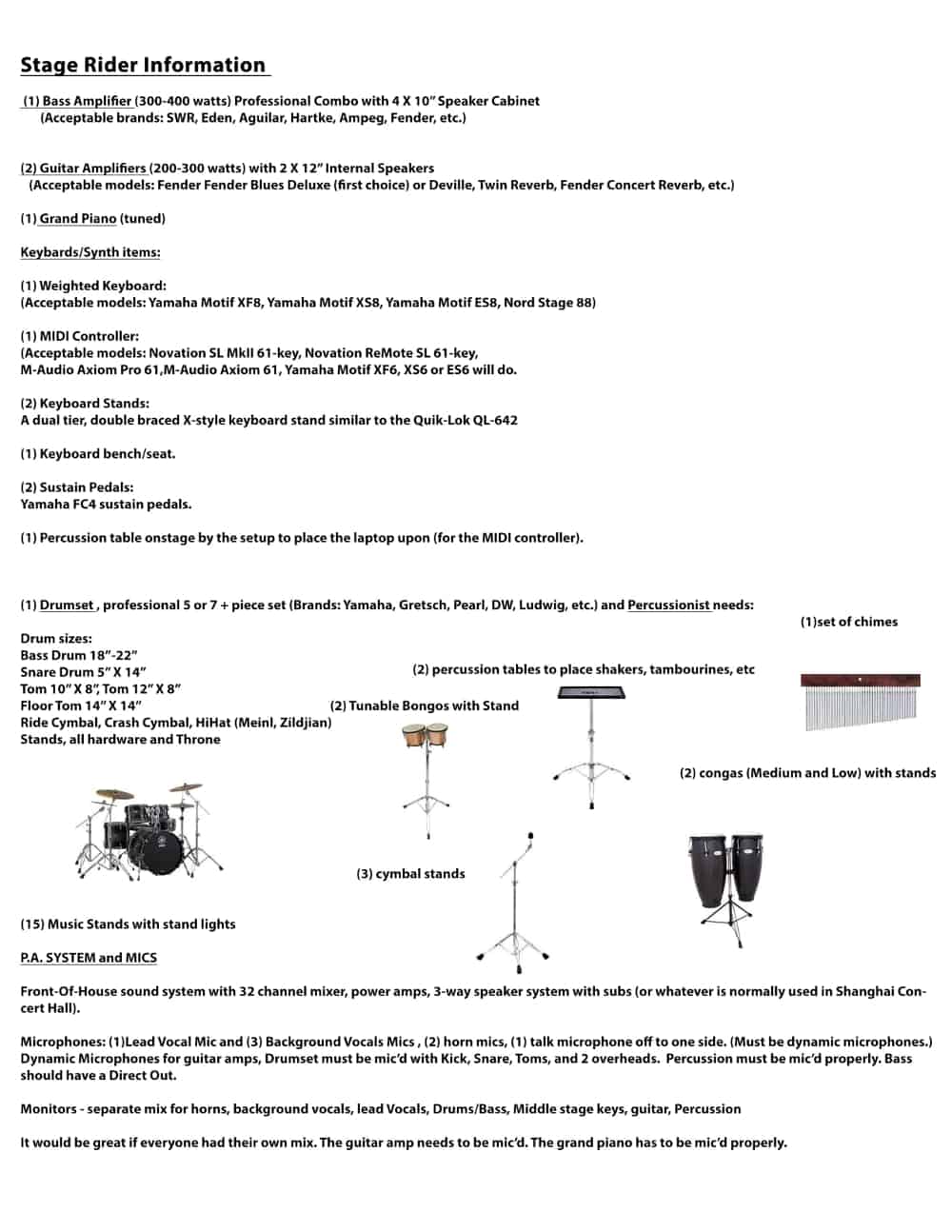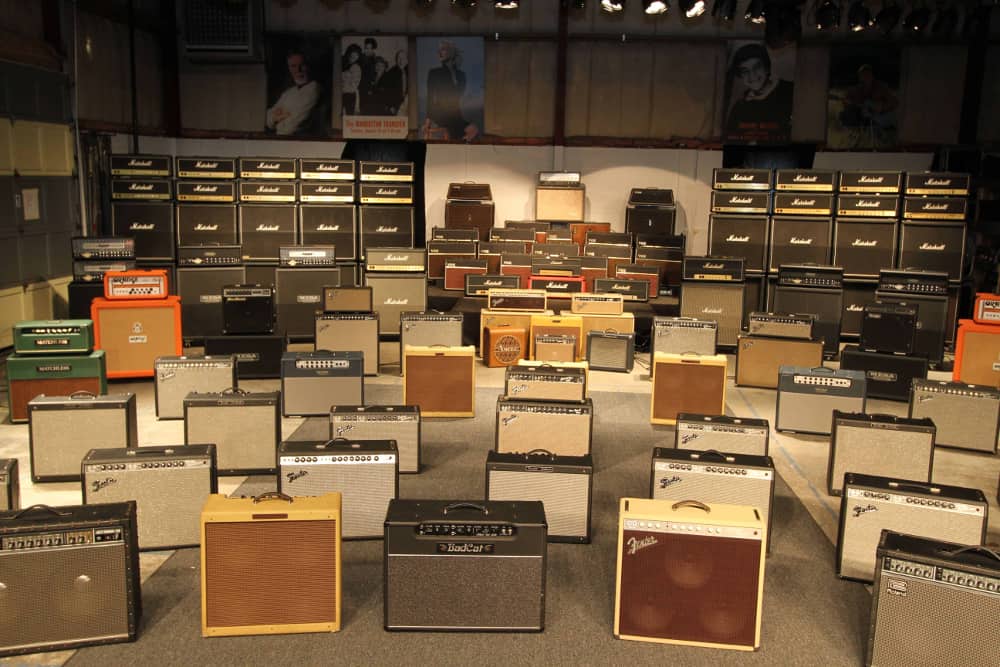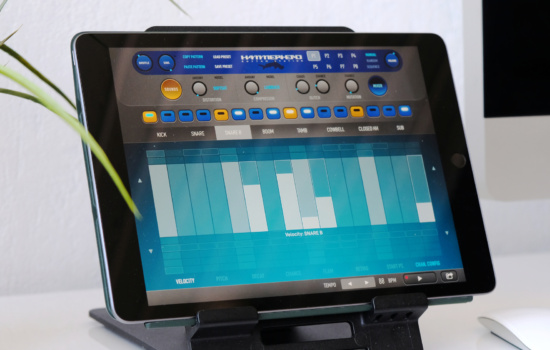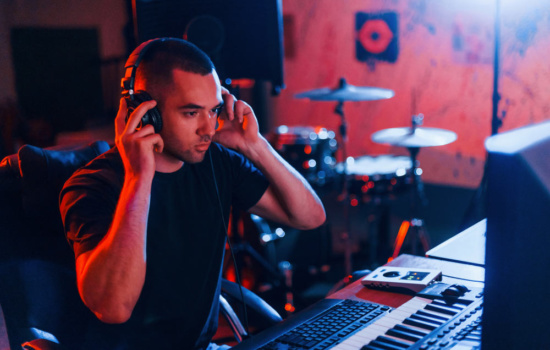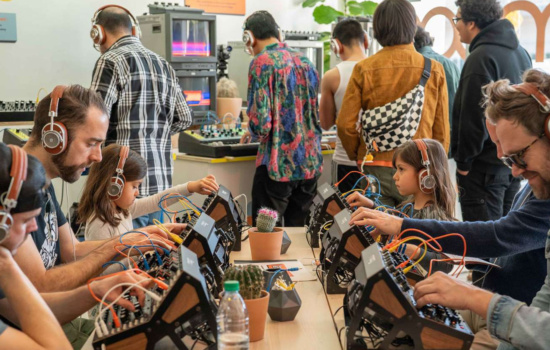Backline in the concert industry means simply: all the musical instruments and equipment needed to to play a show, except for the P.A., monitor, and lighting systems. This includes amplifiers, keyboards, drums, cymbals, stands, rack effects, cables, and sometimes guitars, basses, or orchestral instruments.
What you need depends on the kind of group you have, the style of music you play, the size of the hall, and the instrumentation. It might also depend on the budget of the promoter, or availability of certain equipment at a location.
When choosing your backline, make a list, to include the following:
- Guitar amplifiers
- Bass amplifiers
- Keyboards
- Keyboard amplifiers and/or sound mixers
- Drum kit and percussion
- Miscellaneous, such as amp stands, risers, guitar stands, cables, etc.
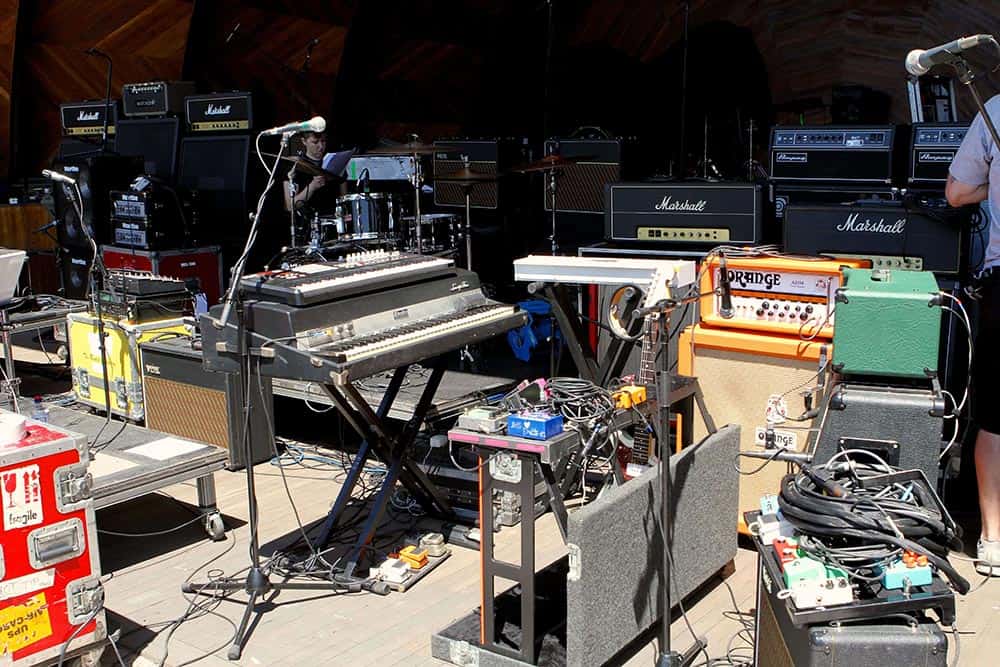
Image courtesy of Andy Bergsten
In addition to a list of all gear needed, the backline description should include specifications (i.e., specs) for all equipment. As a minimum, include the make and model, speaker size and power handling capacity for amplifiers, drum sizes, plus any other specific details for each piece of equipment.
All of your backline specs will ultimately go into the contract rider, which I’ll explain shortly.
You need this list to communicate to promoters, roadies, stage crews, your specific gear your group will need in order to play.
There are times where you might bring all your own gear, such as to a local small gig. Some clubs have their own backline installed permanently; you will want to check out the quality before you go.
For bigger shows, and when you travel to perform at some far-off destination, you will likely not be carrying all your gear with you.
It’s crucial that you communicate all your equipment needs in advance to the venue and backline rental company. They should have everything ready so you can just walk out on stage and play (usually after a brief soundcheck).
What does backline mean?
Backline refers to amplifiers, speakers, and all other instruments and equipment that are positioned behind the band or the rhythm section on stage during a concert.
Besides amps and speakers for guitars, bass, and keyboards, backline includes instruments like drums and percussion, and rarely, guitars. It refers to all equipment used on stage during a performance, except the P.A. (Front-of-House), stage monitors (sometimes called “foldback”), and lighting systems.
Since many bands don’t travel with all their own gear, backline is rented at the destination and overseen by special backline technicians, such as a drum tech or guitar tech. Some venues have their own backline gear in place for musicians to use.
Backline gear needs regular servicing and care.
Why is it called a backline?
In the 1950s and 1960’s P.A. systems weren’t very powerful. Performers needed giant stacks of speakers and amps to make their instruments heard in the audience, while the P.A. was used just for vocals.
As sound systems improved, they could amplify all the instruments. The P.A. speakers were moved to the front of the stage and the amps and instruments stayed in the back. Hence, the word “backline.”
